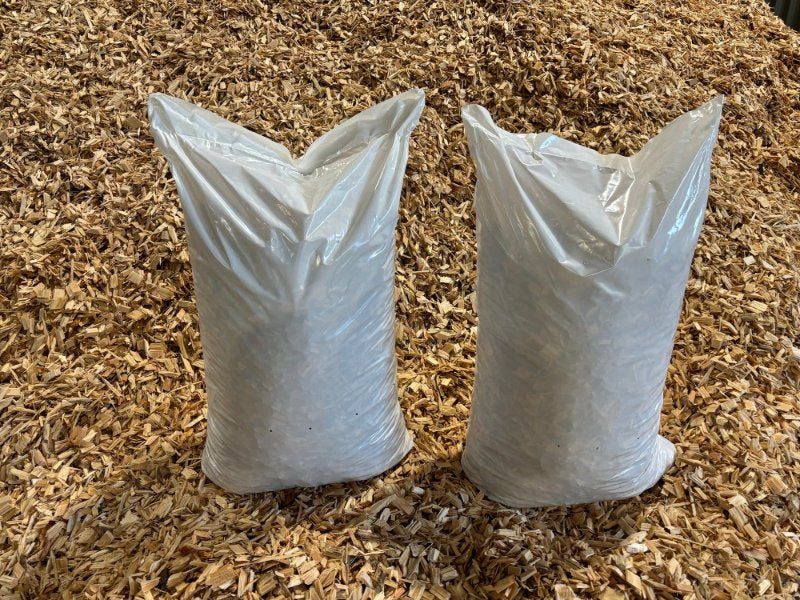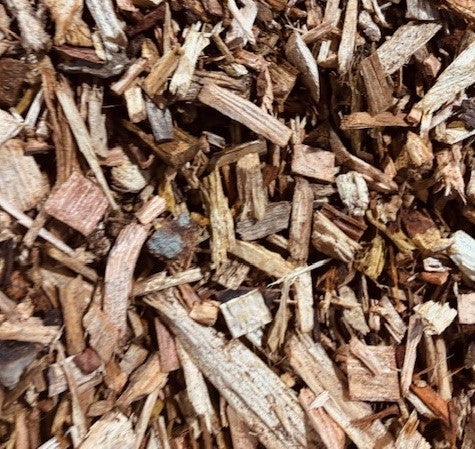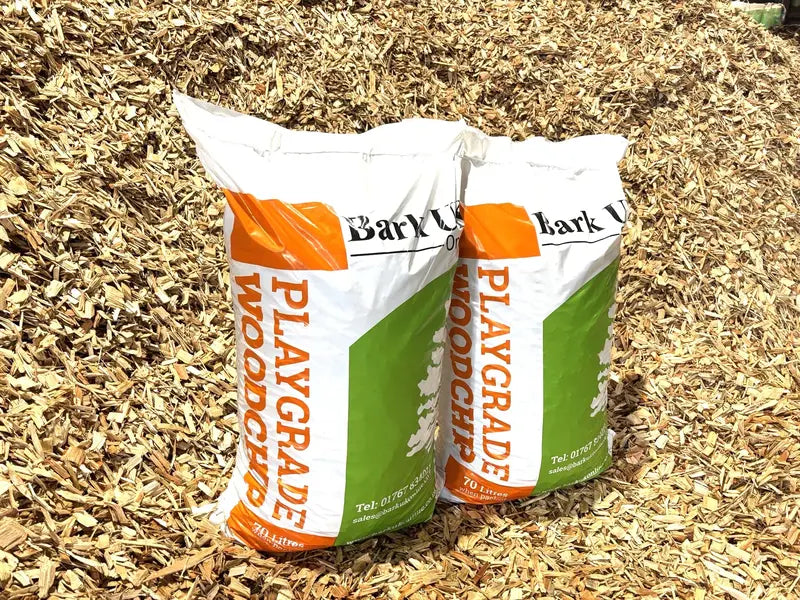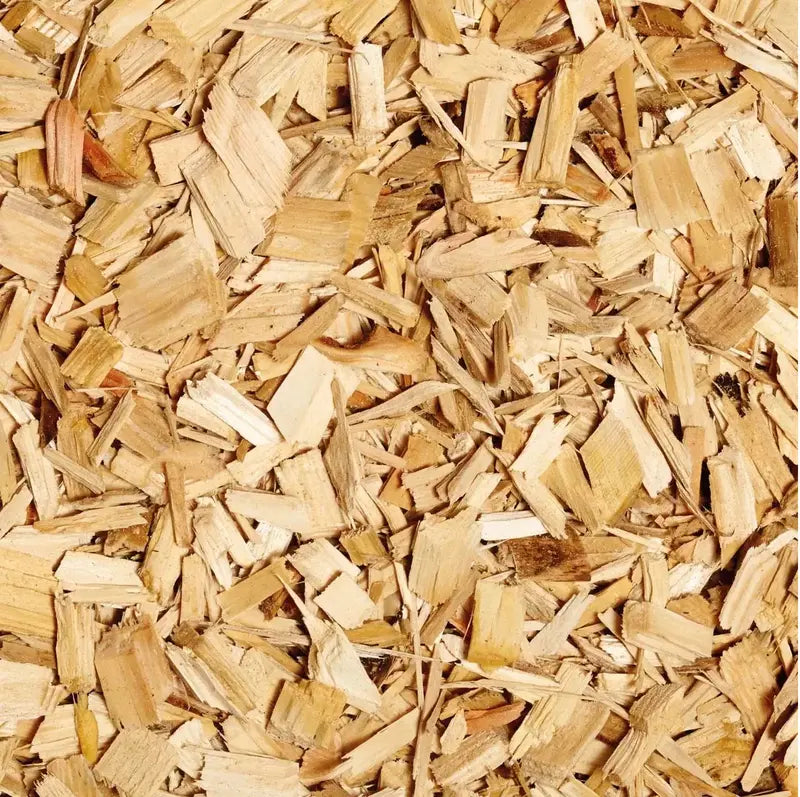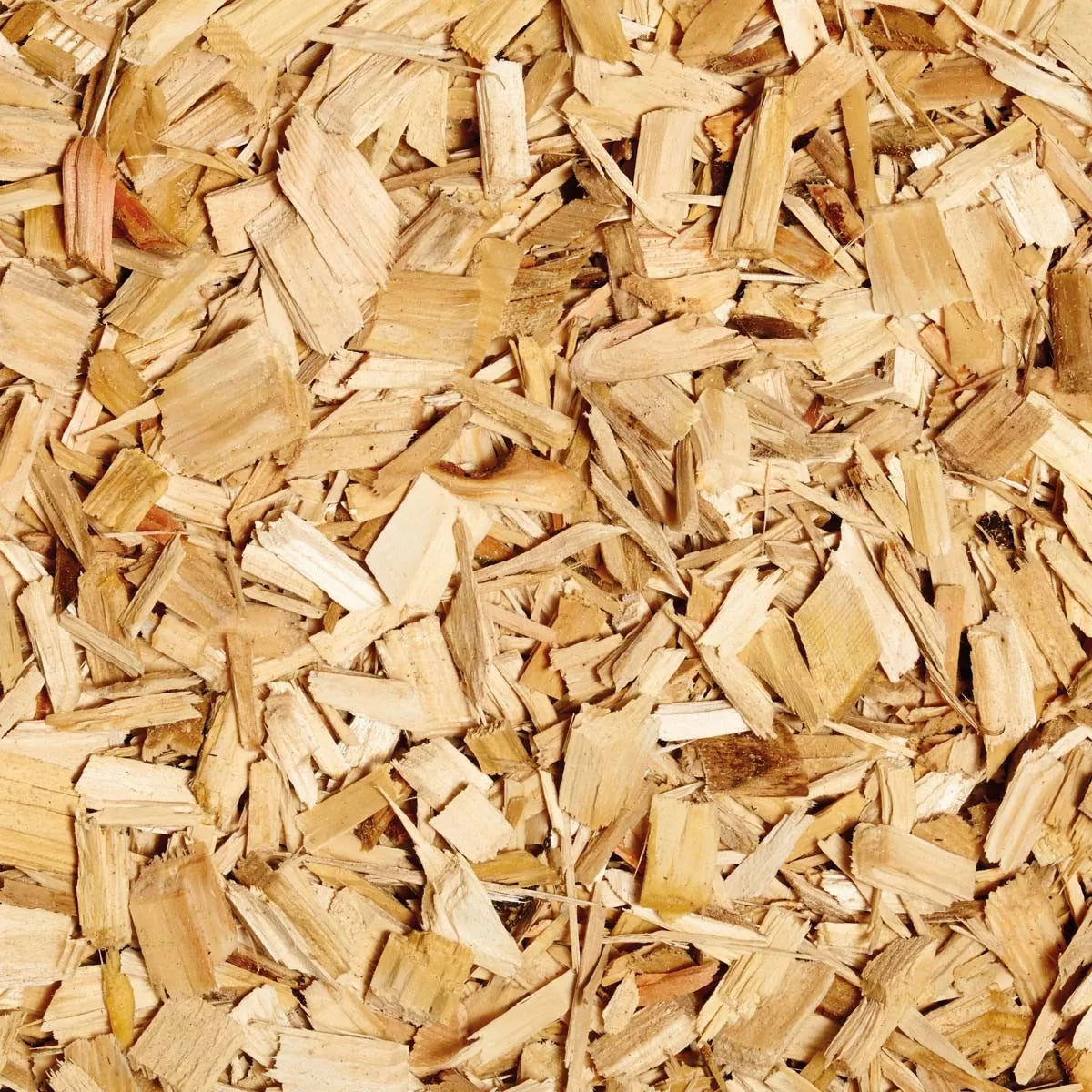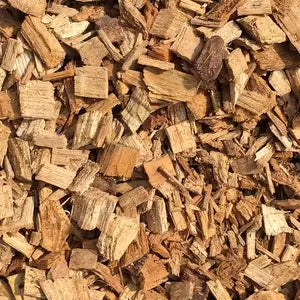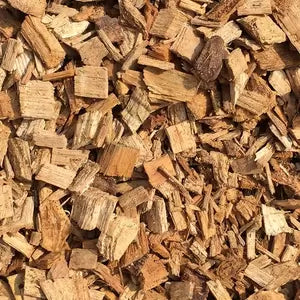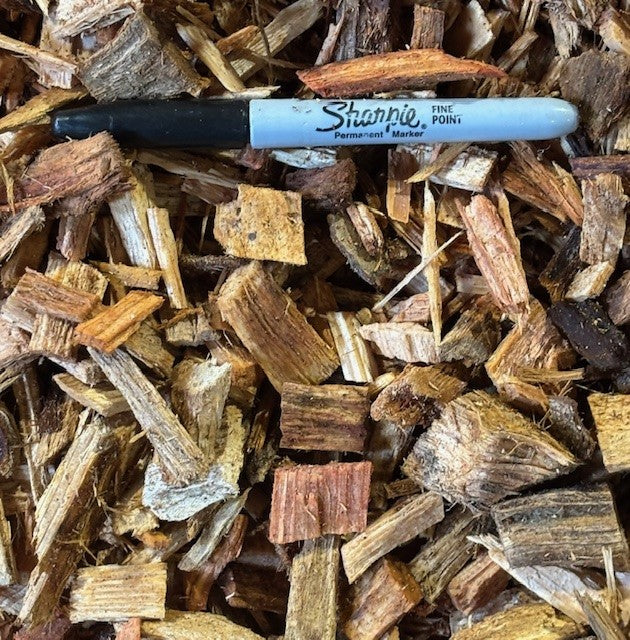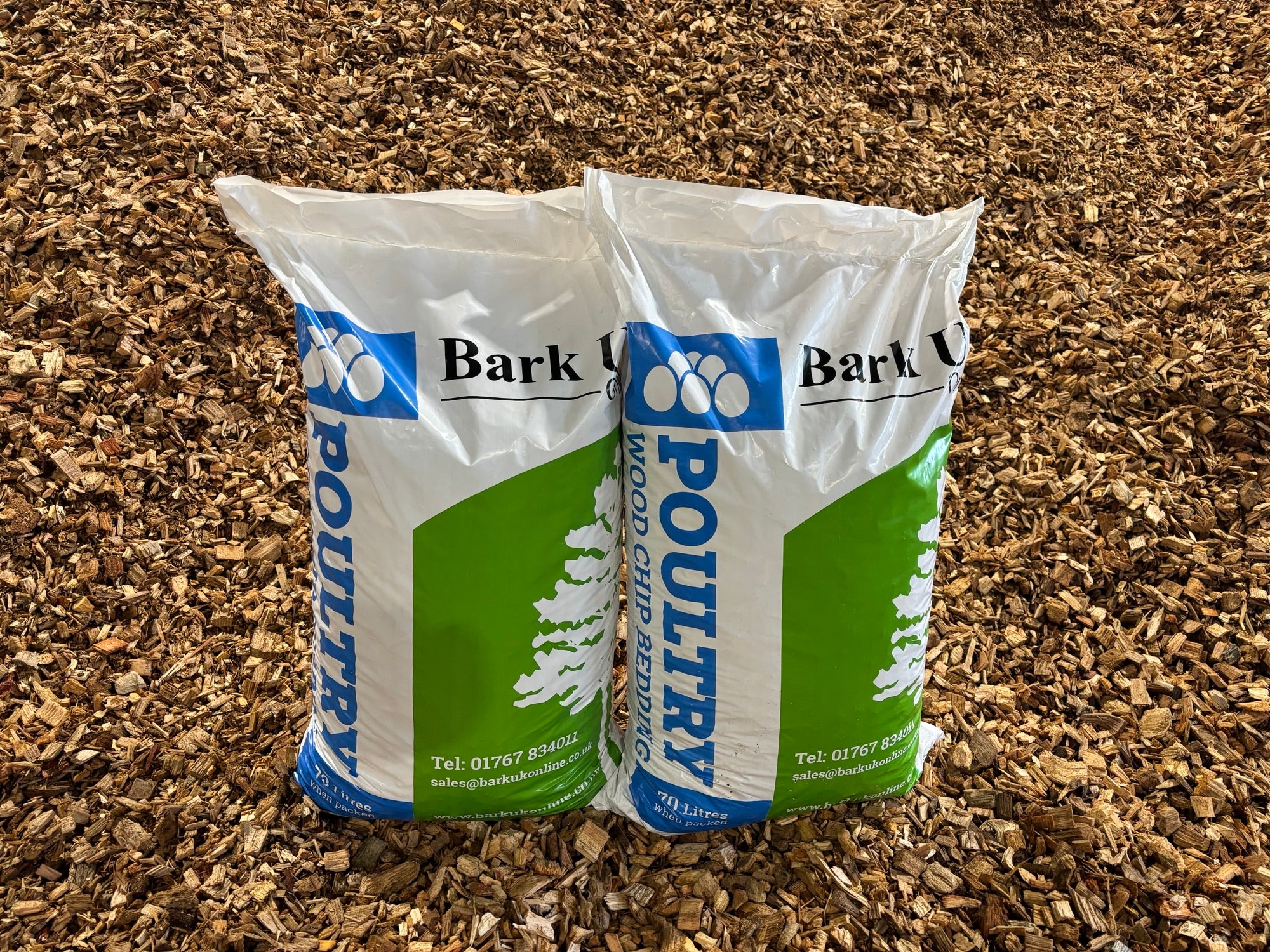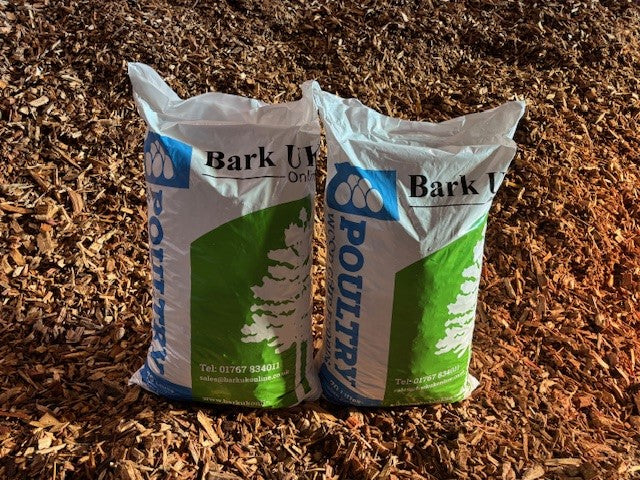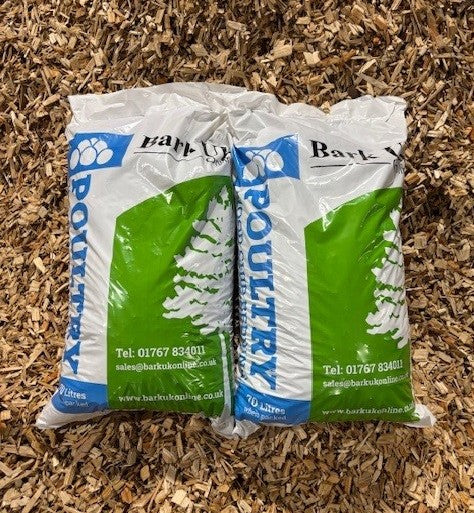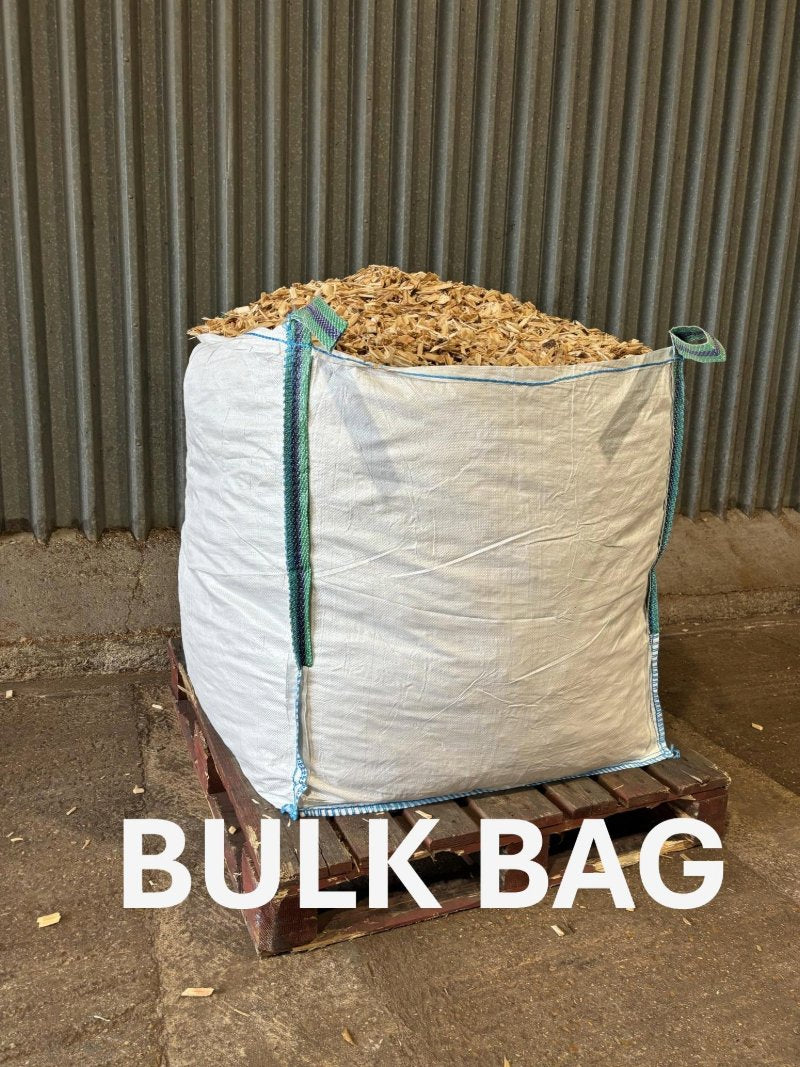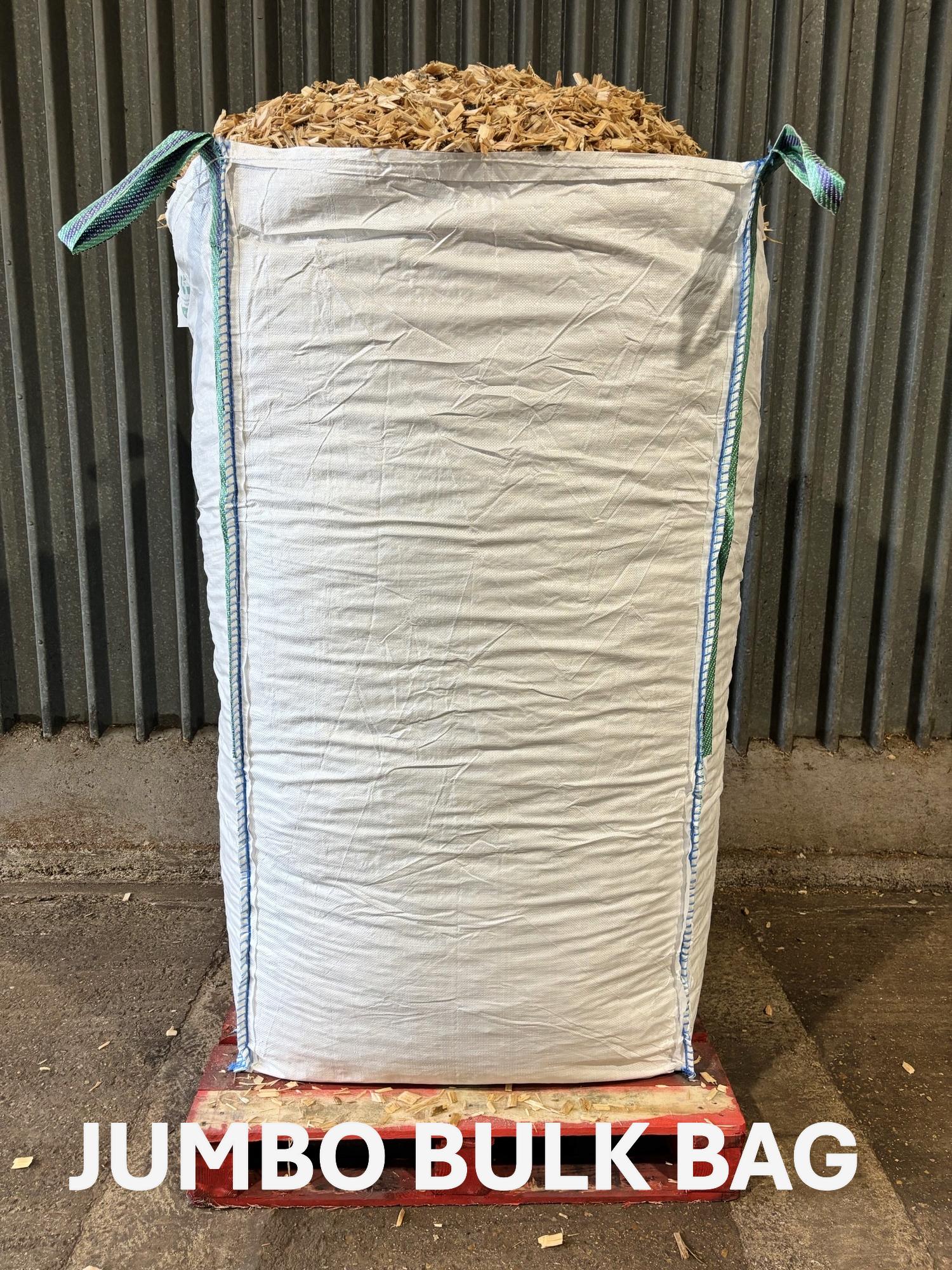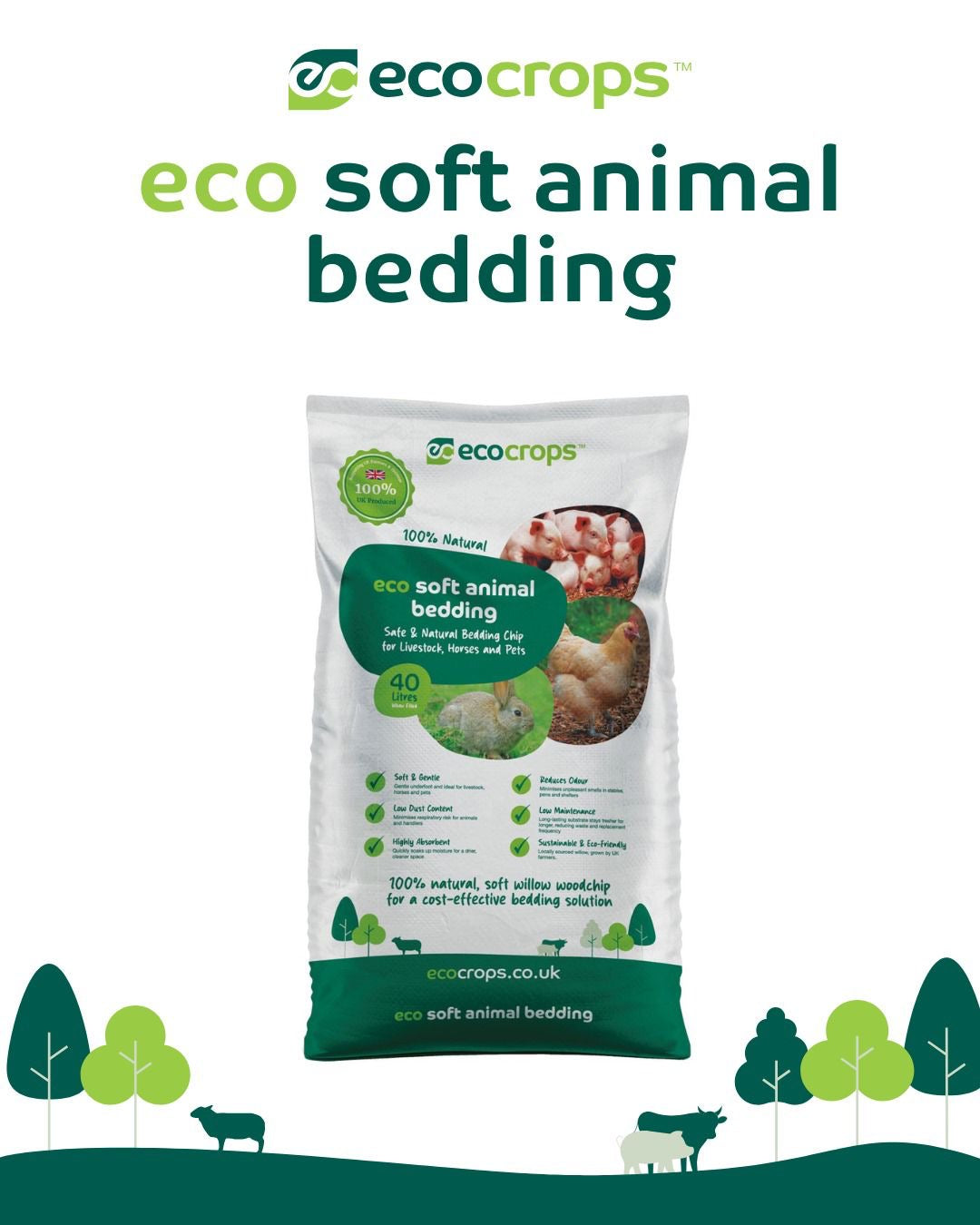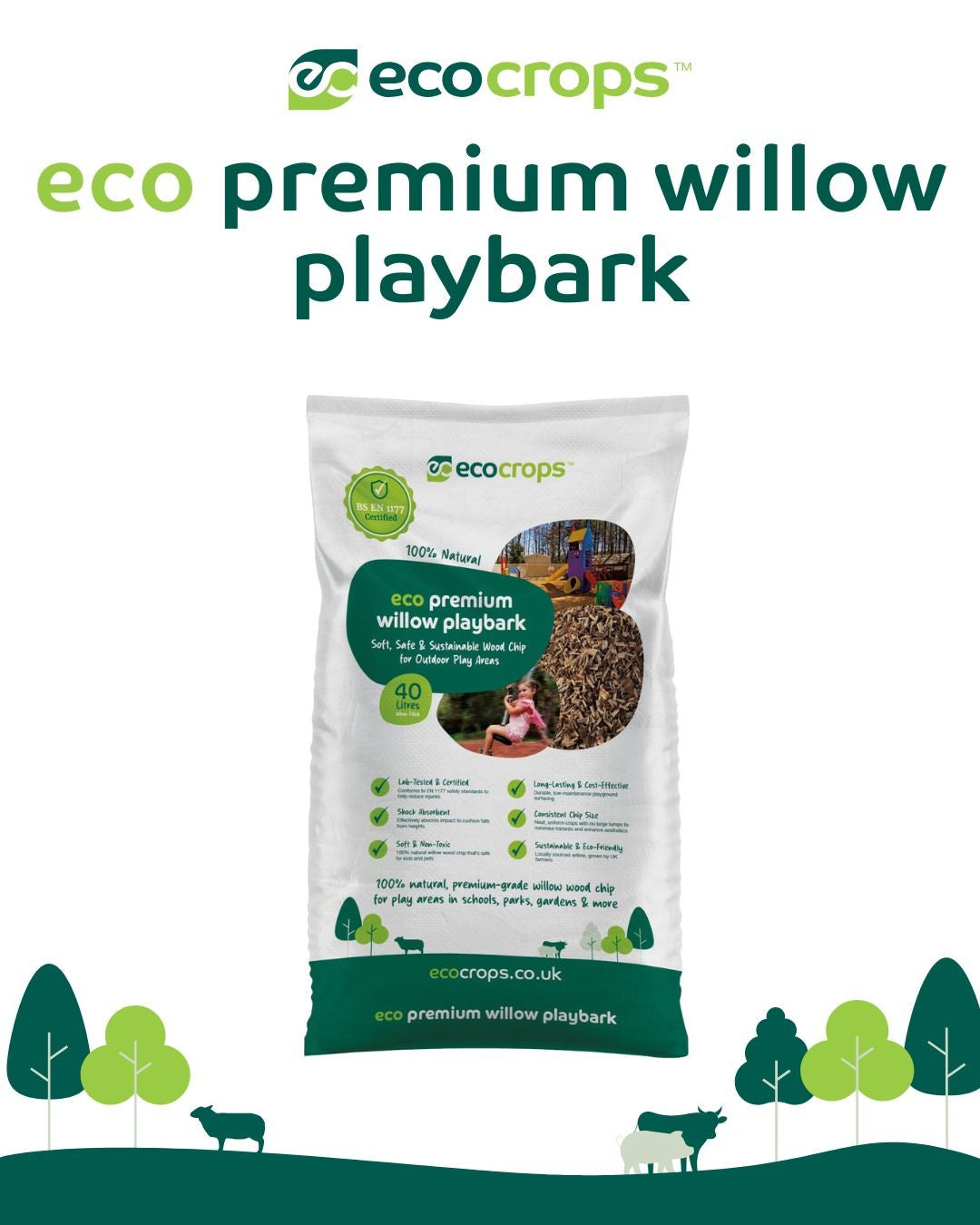Choosing the Right Bark Type for Your Soil and Plants
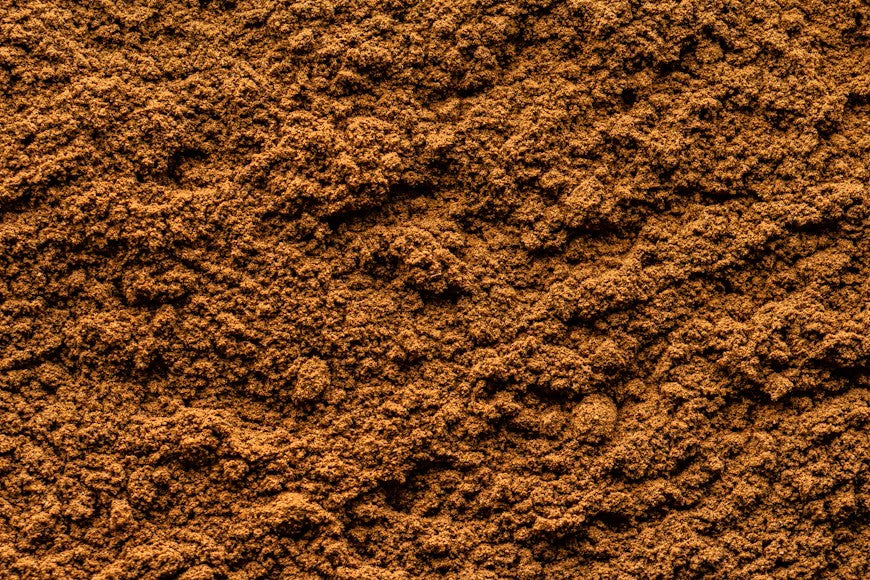
Selecting the best type of bark mulch requires a clear understanding of how soil texture and plant requirements interact with mulch composition. Bark has a functional role in moderating soil temperature, slowing moisture loss, and suppressing invasive growth. While commonly viewed as a surface layer, its influence extends deeper into long-term soil health and plant development. The physical form, origin, and decay rate of bark all contribute to how well it supports specific gardening conditions. This article explains how to choose bark types that complement both soil structure and the plant life it supports.
Texture and Particle Size
Mulch structure determines how moisture and air move through the topsoil. Coarse nuggets or chipped bark allow more airflow, which benefits drought-tolerant plants and prevents compaction in wet climates. In contrast, fine or shredded bark forms a tighter mat, slowing evaporation and limiting weed germination in exposed beds. Over-application of finer textures may lead to water pooling on the surface or excess fungal growth in shaded areas. Each format carries trade-offs depending on the moisture retention and permeability needs of the growing environment.
Smaller bark particles decompose faster and contribute organic matter to the upper soil layers more quickly. This is useful in nutrient-poor beds or where short-term improvement is desired ahead of planting seasons. Larger chunks, on the other hand, maintain their structure longer, acting as a protective barrier while breaking down more slowly. For longer-term projects like ornamental borders or tree bases, slower-decaying bark types reduce the need for reapplication. The correct texture depends on how actively the soil is being used and how often re-mulching is practical.
Hardwood vs Softwood Bark
The botanical source of bark affects both its chemical properties and its decay timeline. Hardwood bark, typically from oak or beech, tends to be denser and slower to rot. It creates a more acidic surface environment as it breaks down, which suits species such as camellias, rhododendrons, and blueberries. Softwood bark, from pine or spruce, decomposes faster and is often lighter in weight, making it easier to spread over larger areas quickly. It releases nutrients at a faster rate but also requires more frequent top-ups.
Acidification caused by certain bark types can influence root development over time. Soil pH drift should be monitored in beds where bark is regularly reapplied, particularly when growing neutral to lime-loving species like lavender or ornamental grasses. Softwood bark tends to leach fewer tannins and affects soil chemistry less aggressively, though it can still suppress germination in seed-heavy zones. Gardeners need to assess whether long-term soil acidification benefits or undermines the intended planting strategy. Choosing between hardwood and softwood bark depends on both plant compatibility and maintenance expectations.
Planting Requirements
Plant health is heavily influenced by the interaction between root systems and surface conditions. Plants adapted to cool, damp environments, such as ferns or hostas, benefit from thick layers of fine bark that retain moisture and regulate surface temperature. Mediterranean herbs such as rosemary, thyme, or sage prefer loose, dry soils and respond better to larger bark pieces that promote drainage. Matching bark type to plant habit prevents surface rot, encourages proper respiration, and reduces unnecessary plant stress.
Species with shallow root systems are particularly sensitive to surface conditions. Bark that compacts or stays overly damp may encourage fungal growth, especially in shaded or poorly ventilated beds. For these plants, a loosely packed, airy mulch can prevent suffocation at the root zone. Heavier bark should be kept away from the base of vulnerable perennials or young shrubs to prevent collar rot. Each plant grouping presents different risks and benefits when paired with specific bark profiles.
Soil Drainage and Retention
The underlying soil structure plays a decisive role in how bark mulch performs. Heavy clay retains water and often struggles with aeration, so coarser bark helps counteract compaction and supports better root health. Sandy soils drain rapidly and benefit from finer bark that slows moisture loss and stabilises the top layer. Matching bark particle size to the native soil prevents uneven hydration and encourages balanced microbial activity. Poor alignment between soil profile and mulch texture can undermine plant development.
Some soil improvement methods rely on gradual organic integration, and bark can support this when chosen carefully. Shredded bark decomposes into humus faster and is better suited for soils needing enrichment. On well-structured soils, slower-decomposing bark maintains protection without disrupting microbial balance. Areas with extreme seasonal fluctuation in rainfall benefit from bark types that promote consistent moisture management. Bark should work with the existing soil structure rather than adding stress to its natural properties.
Weed Management and Ground Cover
Mulch serves as a frontline defence against invasive species and germinating weeds. The right bark layer blocks light from reaching dormant seeds and hinders surface root establishment. Denser forms of bark such as compressed pine or shredded hardwood are more effective in crowded beds where weed suppression is critical. In open garden areas, chipped or loose bark may allow light penetration and require more frequent maintenance. Weed prevention should be balanced against the need for airflow and moisture retention.
Application thickness also influences effectiveness. A layer that is too thin will not suppress growth adequately, while one that is too thick may suffocate desirable seedlings. In well-maintained beds, a seasonal reapplication of 5–7.5 cm tends to provide an effective barrier. The choice of bark should reflect the expected pressure from competing plants, especially in new beds or areas previously overrun with bindweed, couch grass, or ground elder. Physical qualities matter more than visual appeal when weed control is the goal.
Seasonal Factors and Mulching Cycles
Seasonal shifts affect how bark interacts with soil and plant life. During winter, bark insulates root systems from frost damage and helps reduce soil erosion from wind and rain. In dry summers, mulch plays a role in regulating soil evaporation and keeping shallow-rooted species stable. The timing of application matters. Autumn mulching supports overwintering and spring application gives young plants a better start.
Beds that remain undisturbed through the year may accommodate longer-lasting bark that does not break down rapidly. Rotating flower beds, vegetable plots, or annually pruned borders may require mulch with a shorter lifespan to allow for easy removal or replenishment. Seasonal change also alters microbial activity under the surface, with different bark types affecting how this process unfolds. Bark choice should respond to the garden’s natural cycle rather than remaining fixed across the calendar. Adjustments to mulch timing and type can produce better long-term results.
Practical Application Across the Garden
Different areas of the garden respond to mulch in different ways. Border plants with shallow roots benefit from lighter, fine bark that retains moisture while allowing airflow. In contrast, mature shrubs and trees planted in well-drained areas are better suited to coarse bark that resists wind scatter and remains stable over time. Choosing one bark for all zones often leads to inconsistent results and wasted effort. A practical approach involves matching bark type to plant structure and placement rather than applying one standard across all beds.
Beds that receive regular foot traffic, such as paths or working zones, require mulch that holds its shape and resists displacement. Hardwood chips or pine nuggets provide better compression resistance and longer life in these areas. Vegetable plots and seasonal beds respond better to mulch that breaks down faster and contributes organic matter before the next cycle. Each functional space benefits from bark selected specifically for how it will interact with weather, use, and plant type. Long-term planning should guide both the material choice and its placement.
Make Better Short-Term Choices For Long-Term Results
Bark selection has a direct impact on soil stability, plant health, and surface conditions throughout the year. Particle size controls water retention, while botanical origin influences pH balance and decay. Seasonal demands further shape which bark type performs best in a given bed, particularly where frost protection or drought resistance is needed. Each decision affects the way soil and plants respond over time. Aligning these factors leads to fewer maintenance issues and more consistent growth outcomes.
Get in touch with us to find the best mulch for your growing conditions and planting needs.


